Sensor Systems
Sensors and sensing systems can be used in the environment to monitor changes in water quality. This ensures clean water.
Several sensors are currently being worked on by different teams and lab groups affiliated with Ohneganos. See below to learn more about what each sensor does and how it is used.
Multiparameter Sensor Stations
Low-cost wireless sensor stations to provide water quality monitoring data in real-time (e.g., every hour).
Stations have sensors for measuring: dissolved oxygen, temperature, pH, turbidity, and conductivity. These physical parameters are commonly used to indicate the health of surface waters.
The software & hardware is open-sourced and being documented for educational purposes. Additional research includes developing anti-fouling coatings for sensors.
Data to be migrated to the Knowledge Portal (now at: https://macwater.cas.mcmaster.ca)
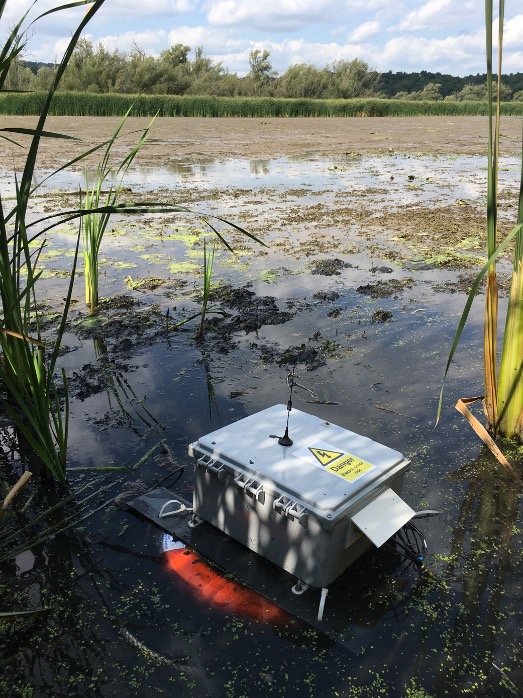

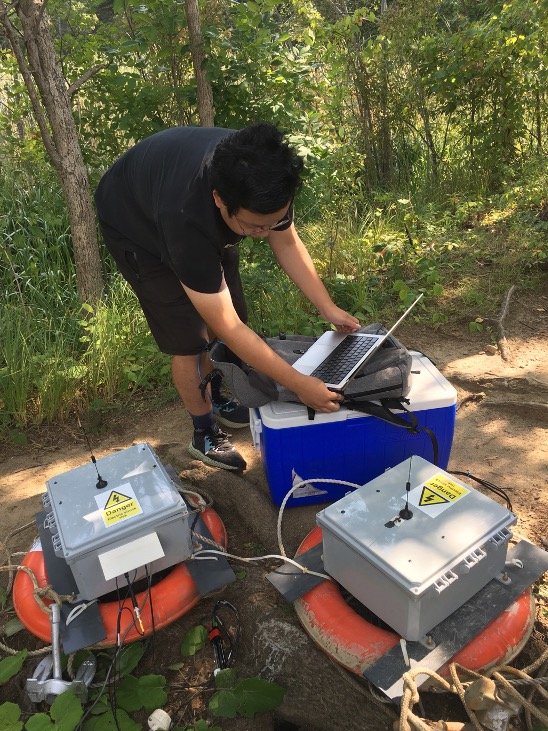
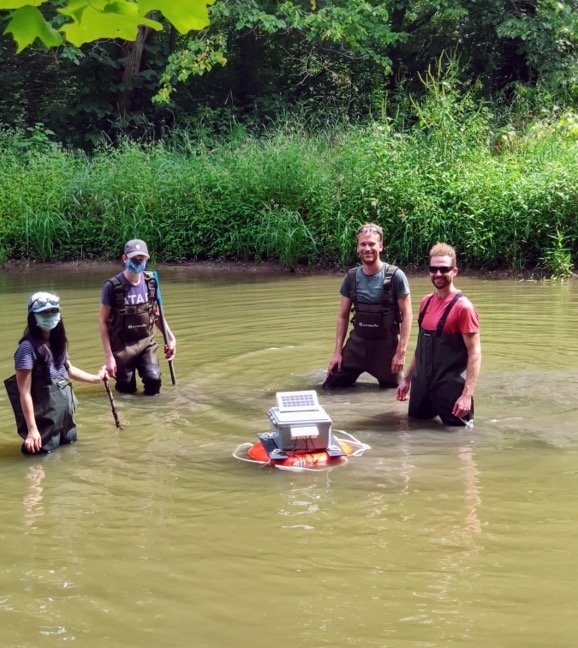
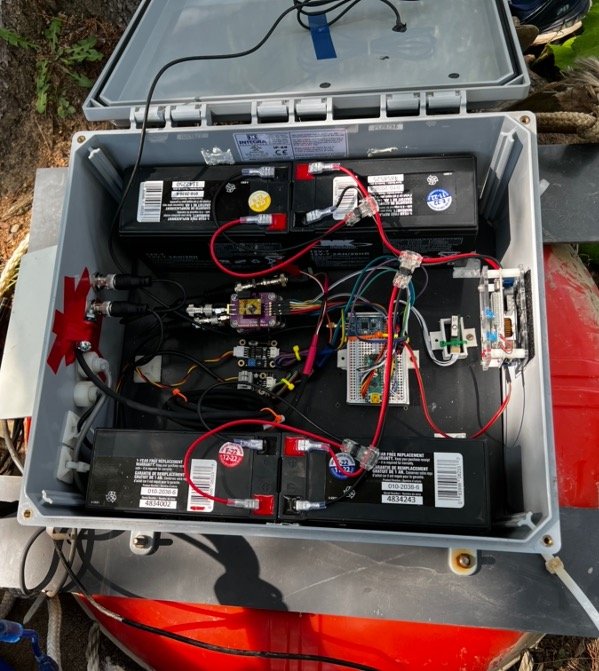


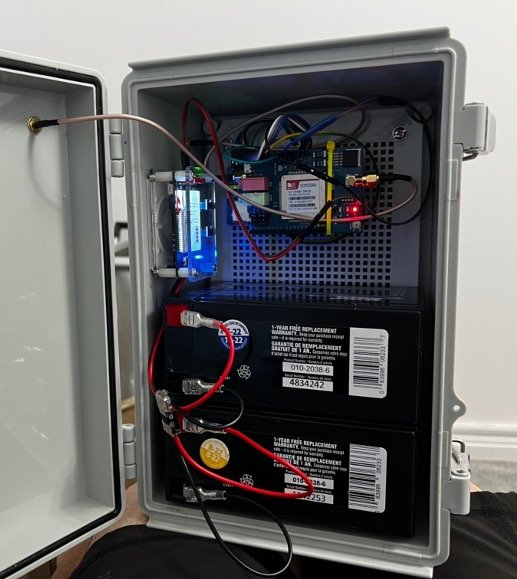

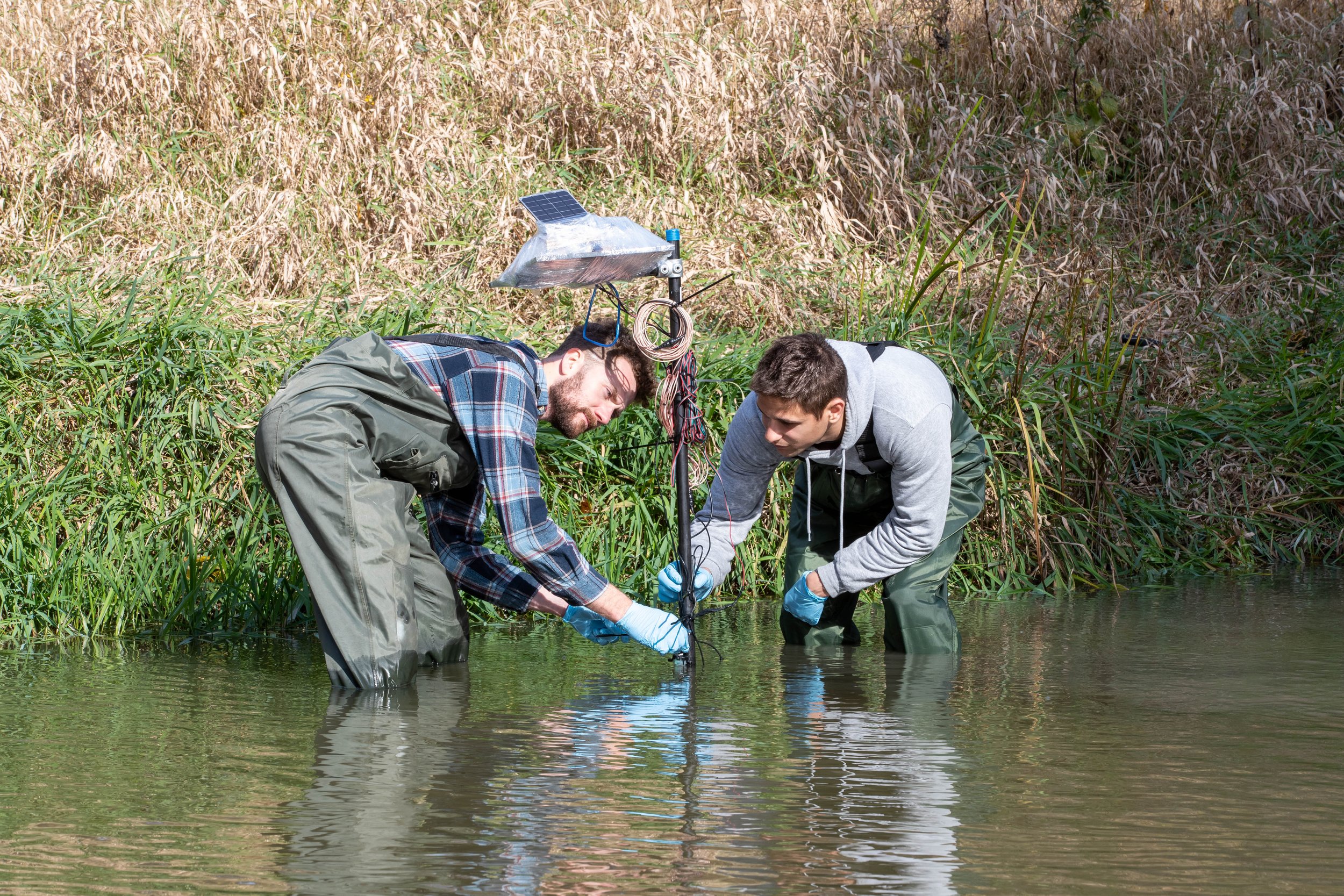


The cost is approximately $1,000 - $1,400.
For more information, contact Emil Sekerinski or Charles de Lannoy.
Free Chlorine Sensor
Low-cost portable sensor for measuring chlorine levels in water.
Boil water advisories can result from bacteria contamination in drinking water. To prevent bacteria from growing in water a disinfectant is used. The most commonly used disinfectant is chlorine. Click here to learn more about why we must monitor it.
Sensor Advantages (click for details):
Low-cost
Simple Operation
Portability
Calibration-free



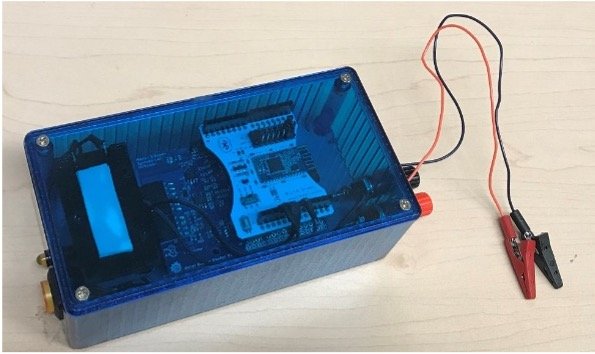

The total cost is TBD.
For more information, contact Ravi Selvaganapathy, Jamal Deen, or Peter Kruse.
Monitoring Heavy Metals
Developing a novel in-lab method for heavy metals quantification to provide an effective and easy-to-use technique for monitoring heavy metals. Regular analytical techniques require large sample volumes – miniaturizing the sample allows automated (instead of manual) monitoring of contaminants.
For example, we are developing a novel “dipping” method for copper sensing. In this technique, liquid sample containments are confined, forming a solid phase and allowing for enhanced colour intensities using micro amounts of samples.
More details coming soon. For more information, contact Ravi Selvaganapathy.
Diagram explaining the copper “dipping” method.
GPS Sensors for Turtle Tracking
Low-cost wireless GPS sensors are being developed with housing specifically designed for turtles.
These location-tracking sensors will help the community better understand turtle movement patterns and aid in delineating turtle habitats and nesting grounds.
Current challenges include the battery life of the sensor and detecting movement underwater.
For more info, contact Emil Sekerinski.

The cost per tracker is approximately $150.

